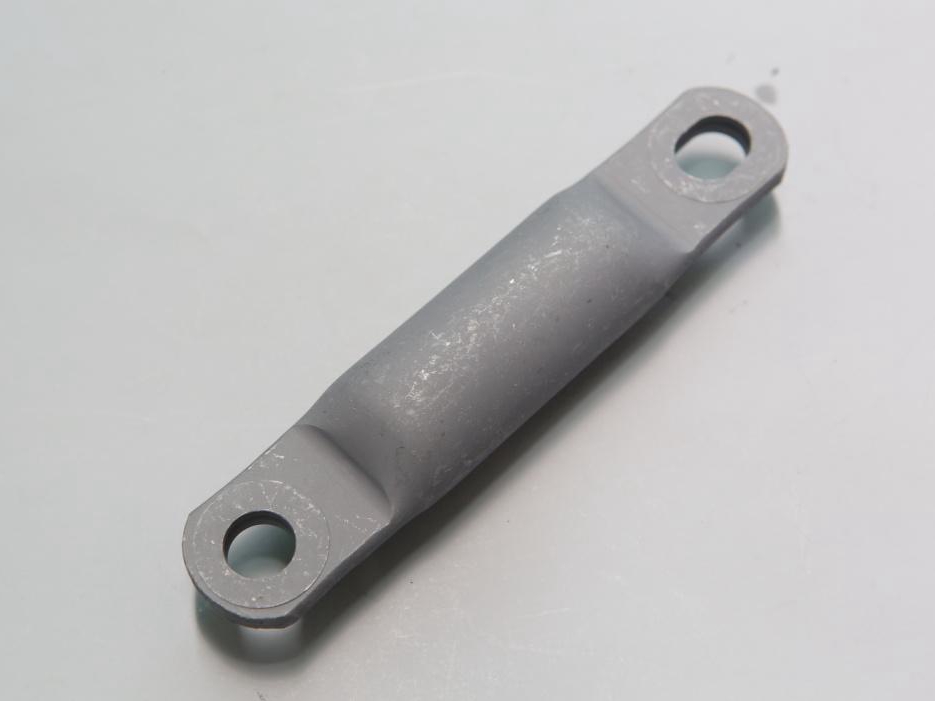Phosphating: The Best Surface Treatment for Corrosion Resistance in Automotive Parts
Introduction
Phosphating, also known as phosphate conversion coating, is a critical surface treatment technique extensively used to enhance corrosion resistance and improve paint adhesion on 3D printed automotive parts. This chemical conversion process involves depositing a fine, crystalline phosphate layer onto metallic surfaces, primarily steel and aluminum alloys. Phosphating is particularly valued in automotive applications, effectively reducing surface corrosion, enhancing paint durability, and promoting excellent bonding with subsequent coatings. The process complies with established automotive industry standards, such as ISO 9717 and ASTM D769, ensuring consistent, reliable performance under harsh conditions.
This blog explores the phosphating process, its advantages specifically for 3D printed automotive components, suitable materials, industry-specific applications, and comparisons with other prominent surface treatments. This comprehensive analysis will help you select the optimal surface finish for automotive 3D printed parts.
How Phosphating Works and Quality Assessment Criteria
Phosphating involves chemically reacting metal surfaces with a phosphate solution, typically zinc phosphate or manganese phosphate, resulting in a durable, crystalline phosphate layer. This coating significantly enhances corrosion resistance and provides an excellent foundation for subsequent painting or coating applications.
Key Quality Assessment Criteria:
Corrosion Resistance: Assessed via salt spray testing (ASTM B117), phosphate-coated parts typically withstand corrosion for more than 500 hours when combined with appropriate topcoats.
Coating Weight and Thickness: Phosphate coatings usually range from 1 to 10 microns, with coating weight between 2 to 20 g/m², measured using standardized procedures such as ISO 3892 and ASTM D7091.
Paint Adhesion: Evaluated through adhesion tests (ASTM D3359), phosphate layers demonstrate superior adhesion, essential for automotive paint systems.
Microstructure Consistency: Uniform crystalline structure is verified via microscopic examination (ASTM E3), ensuring optimal coating integrity and uniformity.
Phosphating Process Flow and Key Parameter Control
The phosphating process involves several critical and precisely controlled steps:
Surface Preparation: Parts undergo rigorous cleaning (alkaline degreasing or acid pickling) to remove contaminants and achieve optimal surface roughness (Ra 0.5–1.5 µm).
Phosphate Application: Components are immersed in phosphate baths (zinc or manganese phosphate solutions) maintained at temperatures ranging from 60°C to 95°C, with immersion times typically between 5 and 15 minutes.
Rinsing and Sealing: Post-treatment rinsing removes residual chemicals, followed by sealing or passivation using chromate-free solutions, enhancing coating durability.
Drying and Inspection: Components undergo controlled drying (50–70°C) to prevent corrosion and are thoroughly inspected for coating uniformity, thickness, and corrosion resistance.
Applicable Materials and Scenarios
Phosphating is highly effective on metallic substrates commonly used in automotive 3D printing. Below is a detailed table highlighting suitable materials, typical applications, and related industries, with relevant hyperlinks:
Material Type | Common Alloys or Grades | Applications | Industries |
|---|---|---|---|
Engine mounts, suspension components | Automotive, Industrial | ||
High-strength brackets, tooling inserts | Automotive, Industrial | ||
Lightweight automotive chassis parts, brackets | Automotive, Aerospace | ||
Exhaust components, structural fittings | Automotive, Industrial |
Phosphating is particularly beneficial for 3D printed automotive components exposed to environmental stressors, requiring high corrosion resistance, reliable paint adhesion, and durability.
Advantages and Limitations of Phosphating for 3D Printed Automotive Parts
Advantages:
Superior Corrosion Resistance: Offers excellent protection against corrosion, especially when combined with topcoats, significantly extending component life.
Exceptional Paint Adhesion: Ensures robust bonding with automotive paints and coatings, preventing peeling and enhancing visual durability.
Cost-Effective Mass Treatment: Ideal for batch processing, reducing costs compared to more complex treatments like electroplating or anodizing.
Improved Surface Wear Resistance: Enhances the component’s resistance to wear, abrasion, and fatigue, extending operational lifespan.
Limitations:
Limited Material Compatibility: Primarily effective on steel and certain aluminum alloys; less suitable for plastics or titanium-based alloys.
Environmental Considerations: Traditional phosphate processes involve chemical waste management; however, modern methods increasingly utilize environmentally friendly solutions.
Process Complexity: Requires precise chemical control, bath temperature, and timing to maintain optimal coating properties.
Phosphating vs. Other Surface Treatment Processes
Here is a comparative analysis highlighting phosphating relative to other surface treatments for automotive 3D printed components:
Surface Treatment | Description | Corrosion Resistance | Paint Adhesion | Thickness | Typical Applications |
|---|---|---|---|---|---|
Chemical phosphate conversion coating | Excellent (≥500 hrs ASTM B117 with topcoat) | Excellent | 1–10 µm | Automotive chassis, brackets | |
Electrochemical metallic deposition | Excellent (>240 hrs ASTM B117) | Good | 5–20 µm | Automotive trim, engine components | |
Electrostatic applied polymer coating | Excellent (>500 hrs ASTM B117) | Excellent | 50–150 µm | Automotive body components | |
Electrochemical oxide layer | Excellent (>336 hrs ASTM B117) | Excellent | 10–25 µm | Aluminum automotive components |
Application Cases for Phosphated 3D Printed Automotive Parts
Phosphating significantly enhances the reliability and performance of automotive parts:
Chassis and Suspension Components: Phosphated steel suspension arms and chassis parts provide superior corrosion resistance (≥500 hrs ASTM B117) and improved paint adhesion, extending durability and reducing maintenance.
Engine and Transmission Mounts: Phosphated 3D printed steel mounts demonstrate enhanced fatigue strength and resistance to environmental stressors, increasing lifespan and reliability.
Exhaust System Components: Phosphating stainless steel exhaust fittings substantially improves corrosion protection and thermal cycling durability, reducing corrosion-related failures.
Structural and Body Brackets: Phosphated aluminum and steel structural brackets achieve excellent coating adhesion and corrosion resistance, essential for automotive safety and reliability.
FAQs
What is phosphating, and why is it essential for automotive 3D printed parts?
Which materials benefit most from phosphating treatments?
How does phosphating compare with electroplating or powder coating?
What industry standards govern phosphating for automotive parts?
What are the environmental considerations associated with phosphating?

